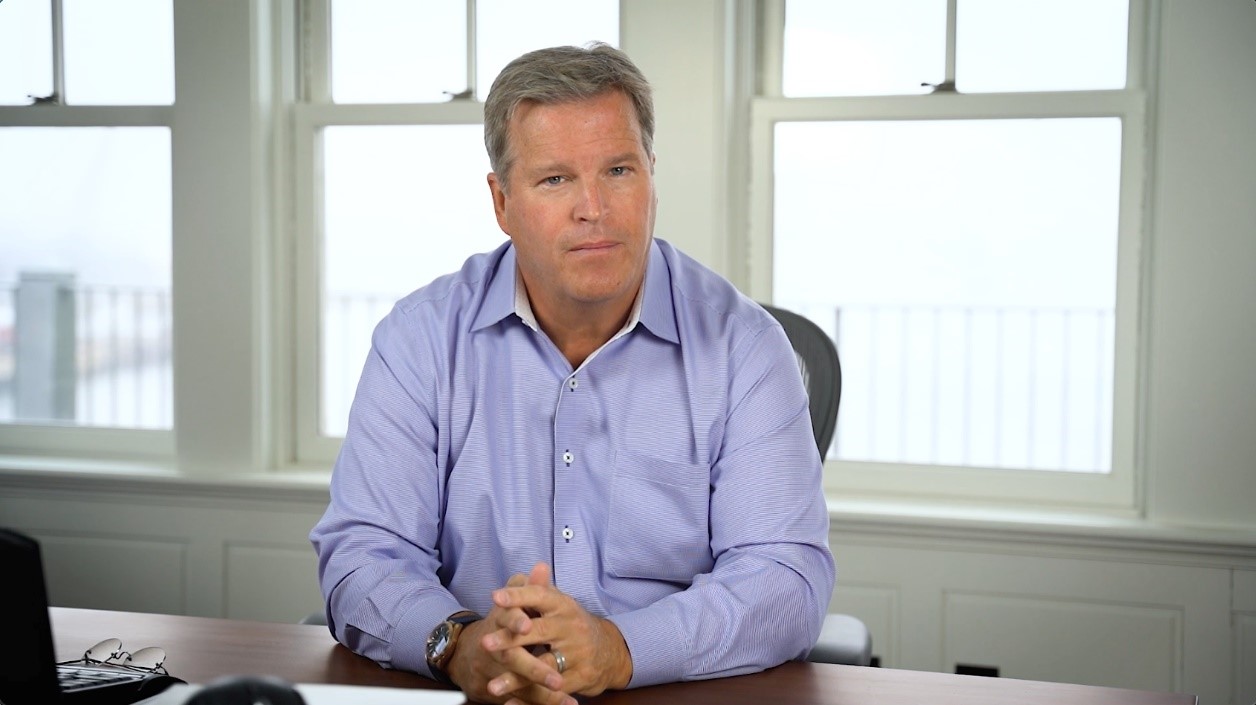
Actionable Insight: B2W CEO on Success with Technology

What areas of technology advancement/deployment are you focused and why?
We focus on the core workflows where profits are won and lost: estimating, resource scheduling and dispatching, performance tracking, and equipment maintenance. We provide differentiating opportunities to manage them, not only more efficiently, but also more cohesively and collaboratively through a true software platform. This includes estimating with more speed, accuracy and strategy; tracking job progress versus plan in real time to enable immediate, data-driven adjustments; scheduling and dispatching resources with maximum efficiency; and maintaining equipment proactively to cut costs and increase uptime.
How important is AI and machine learning in the increasingly technology-enabled construction space?
For estimating and operations workflows, we are focused more on what I would call automated intelligence, as opposed to artificial intelligence. This means functionality that aggregates and communicates data within and across workflows in real time. Examples include real-time reporting on job performance versus plan based on data compiled from electronic field logs, or maintenance work orders that can be created automatically from information entered during equipment inspections. Data from applications and electronic forms can also be used to automatically suggest the best resolution to resource conflicts, to send event-triggered alerts and notifications, and to produce and distribute a wide range of reports and dashboards.
Is there a mature technology that is available, but underutilized in the construction space?
There has been a steady increase in contractors adopting software to manage equipment maintenance and resource scheduling. However, these are still workflows where mature applications are underutilized and where legacy systems based on paper, spreadsheets, whiteboards and phone calls are still prevalent. Tremendous cost savings and performance improvements can be made by using technology to maintain equipment more proactively and dispatch resources with real-time visibility and communication. On the equipment side, the advantages are compounded when maintenance and scheduling are managed within a unified system.
What are the top challenges associated with technology investment and/or application for construction industry today? Is it cost, time to deploy, lack of integration with other solutions, data management, other?
Resistance to technology is fading fast in construction, and cost should not be a deterrent when evaluated in the context of the tremendous ROI potential. With most contractors working at or beyond capacity to keep up with the volume of work, ironically, one of the biggest challenges is finding the time to evaluate and deploy technology that could help them do that work more efficiently and profitably. Integrating applications across workflows and being able to aggregate actionable data from them in real time are challenges, but contractors that succeed gain big advantages over the ones that only deploy point solutions to gain efficiency within individual workflows.
Advice to industry professionals when looking at new technology investments?
As contractors deploy more and better software, the challenge of unifying that technology is growing. Contractors that step back and take a more holistic view of how current and future technology investments fit together and support specific business processes will get stronger results. A realistic plan and timeline for deploying technology is an important part of the strategy too. This is the best way to avoid some the main reasons technology initiatives fail: siloed solutions, incompatibility across applications, lack of company-wide buy in, and taking on too much at once.






